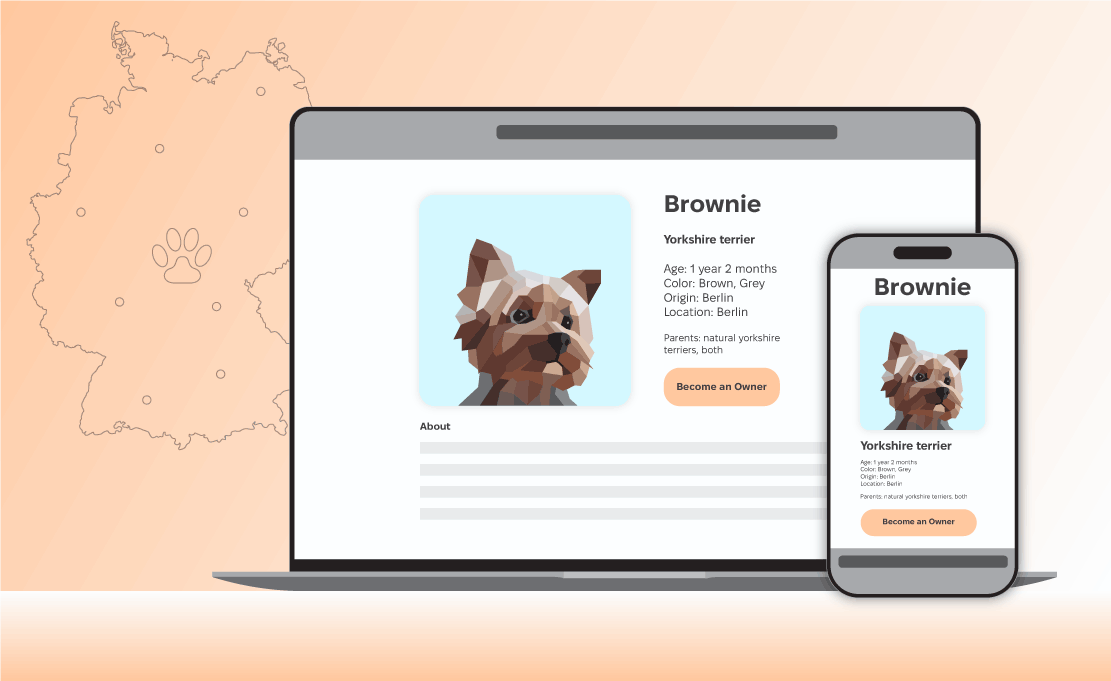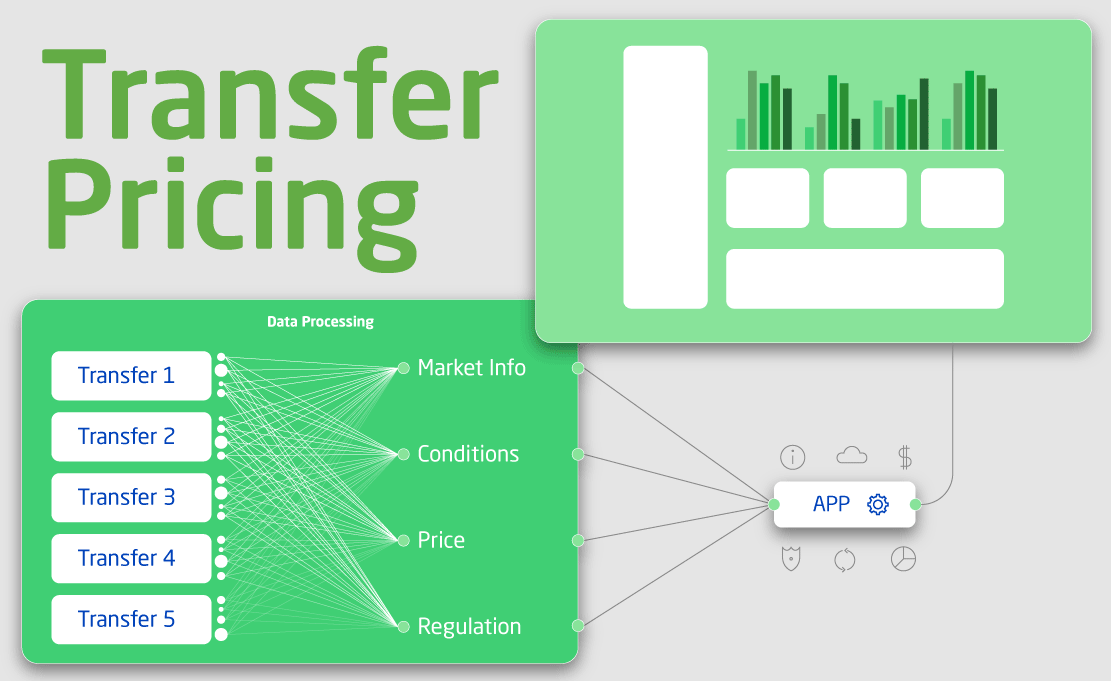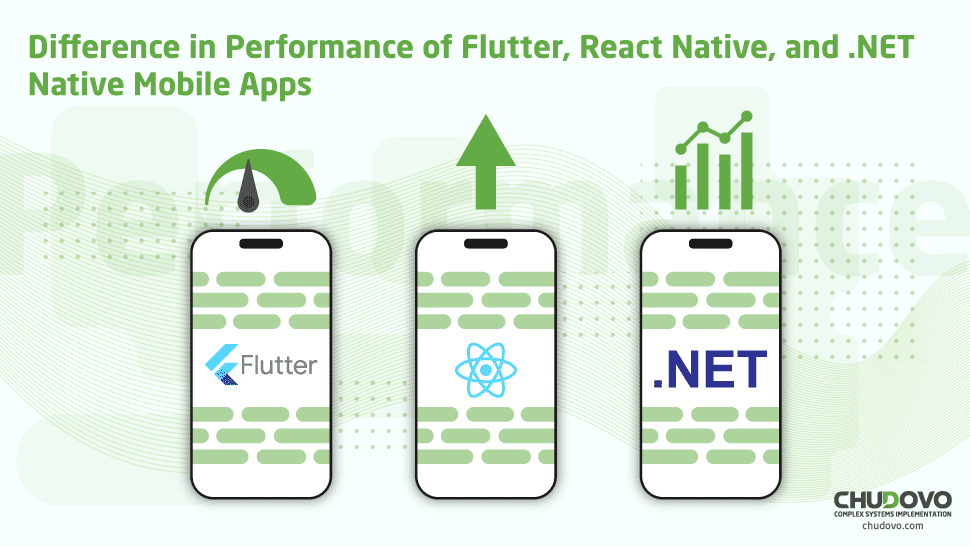Web App or Native App? The Complete Guide to Making the Right Choice
In recent years, more and more businesses have digitized, both creating applications and websites, according to their use cases. It has become a commonplace, and everyone can understand that their brand needs to have an online presence and appeal to the larger public. And, in this always progressing world, your company’s digital profile and position cannot be left in second place — it might very well determine your future in the market.
Still, sometimes, entrepreneurs don’t fully understand when it’s best to create a native application (that is, one of those apps you need to install) or a web app (that is, a website). It is very easy to be misguided and, due to not entirely understanding the intricacies of each use case, hire the wrong service for your company.
So, to help you better understand when you should have an application or a designated website developed for your business, we’ve written this article. Here, we will explain all the pros and cons and how to choose what best suits the business.
Understanding the Basics
What is a Web App?
A web application is a type of app that runs in your browser (Chrome, Firefox, Safari, etc). It doesn’t require a specific installation, and can usually be accessed through the web by navigating to a website. It is nowadays perhaps the most popular way of creating an application, as it’s relatively easy to bootstrap, and the market is very warm for web developers. Some very popular examples of it are Google Docs, Trello, Gmail, the websites of social networks such as Facebook and Twitter, etc.
As it runs in the browser, it can be responsive (that is, run on many different devices and screen sizes) and is based on HTML, CSS, and JavaScript, among others. Those are some of the most popular programming languages available, and many developers have already mastered them or can learn with ease. The web development market is very warm, and you can easily find a consultancy to develop your web app for you.
What is a Native App?
A native application is a type of app that runs natively on your device, such as a mobile application or a PC app. It needs to be installed and usually needs to be developed exclusively for your device type: for instance, a Windows app cannot run on a Mac, and vice versa. It once was widely popular, most of all during the Web 2 era, when websites weren’t as powerful and complete as they are today, and when JavaScript didn’t have that many uses. Now, since Web 3 and 4, native apps are losing space in the market, though they’re still very useful.
Some key examples of native applications are the Microsoft Office package, which holds some very popular applications such as Word, Excel, and PowerPoint. Also, some native mobile apps are installed in almost every single device on earth, such as WhatsApp, YouTube, and Instagram, among others. So, as you can see, a well-placed native app can be very powerful and reach billions of users all around the world; when the fit is perfect with your use case and business, your company may very quickly thrive and expand.
Key Difference Between Web and Native Apps
As explained, both types are very legitimate in their rightful use cases, but we must understand what truly are the true difference between them is. It goes a little further than simply saying “it runs in a browser” or “it runs on the computer.”, so let’s delve right into the main topics!
- Performance: Native apps usually offer higher control over performance than web apps. They can use lower-level languages, which gives them a much more refined control over memory and processor, fine-tuning them to achieve the best performance possible. That’s why games are usually built as native apps — they need to squeeze as much performance as possible from as many machines as possible. Web applications, on the other hand, simply can’t achieve such control over the operating system and the machine itself.
- Access to device features: Native apps can access your device’s features, such as GPS, camera, notifications, etc, much better than web apps. That’s because it can communicate directly with the device, contrary to websites, which can only communicate with your browser. So, for a native app, the communication is direct; for a web app, it happens through an “intermediary”, losing a bit of signal integrity and speed.
- Offline capabilities: By definition, websites can only work through the web. Native apps, on the contrary, will still function regularly without an internet connection, and even allow the download of online content so that you can watch it offline. So, if your project does not require an internet connection or you want people to still be able to use it without internet, then a native app might be the best option.
- Installation and updates: Contrary to native apps, web applications are entirely reloaded every time you enter them. Because of this, updates and actualizations are rolled out instantly, and everyone gets them at the same time; native apps, on the other hand, need to wait for their user bases to install updates. Also, websites don’t demand installation time, as they run on the browser: it’s “plug-and-play,” so to speak, as you’d only have to navigate to the website.
- Development costs and maintenance: Websites are way cheaper to develop than native apps, as they usually are simpler, easier, and faster to work with. Modern frameworks and AI-assistance have reached a level where one can even automate maintenance. On the other hand, websites require a server to provide their front-end, which native apps don’t require, as they’re installed on the user’s device. So, each form factor has its ups and downs; it’s up to you to understand which one best fits your business.
When to Choose a Web App
So, now that you’ve got a good grasp on the differences between native and web apps, it’s time to understand when you must choose each type.
As for web apps, it is the ideal type of software to develop when you want to quickly release a product, gain traction in the market, and be recognized. It’s considerably easier and cheaper to develop a web application, and, because of this, it’s the go-to form factor for growing startups. Also, as it’s multiplatform, it’s a very easy way to reach the masses quickly: anyone with a web browser will be able to view your project, and, as long as you design it to be responsive, it will lead to a pleasant user experience.
Now, one must understand that, though web apps are optimal for startups in early stages, sometimes it’s the ideal form factor for a product, and there’s no need for a native app, unless it’s a mobile app. For instance, think about Jira: it has a native app for mobile users, but its website is undeniably the best way to use it, as it integrates within a workflow that revolves around the browser. Email providers, social networks, some productivity tools, forums, etc, all of them work best on a website, most of all for computer users.
Now, there’s a trend to create mobile apps for every type of company. Think of a local boulangerie in your city: there’s no need for it to have a custom app to be able to make a demand online. It’s best to use a website: your customer base won’t have to download anything further, to have an app installed to only use it once a month, won’t have to understand how the app works, etc. It’s much more convenient and easier to use, and also makes much more sense.
When to Choose a Native App
Given the power web apps are capable of achieving in the modern development wave, and most of all since Web 3 or 4, the creation of a native app must be very well justified. It is oftentimes much slower, more expensive, and much more complicated to develop than a website, which will probably do everything an app might do.
So, usually, native apps are built for use on computers when you need direct communication to the GPU (such as games or video editing tools), when you need to fine-tune your performance, etc. It offers profound integration with the hardware, which, for instance, allows you to create programs that work offline, work best for a specific device, such as smart watches or heavy machinery.
Now, if your app will run under constraints, then almost surely native development is the best option for you. Smart watches, smartphones, machines that run embedded systems, among others, almost demand you to develop for native platforms, as the system must be strictly fine-tuned to the device.
Progressive Web Apps (PWAs): The Middle Ground
There’s a middle ground between web and native apps: it’s the new concept of progressive web applications. They’re applications that can be installed on the device and run like a native app, but they’re made with web technologies (that is, they use JavaScript, HTML, and CSS). It’s especially useful when your company needs a hybrid solution to run everywhere with a single codebase, being very flexible and cheap to develop.
Still, it has a few disadvantages. It will usually run on a simulated browser and with JavaScript, so you still won’t have full control over memory and device features, as cited previously. Also, because of the simulated browser, it will, by default, be much slower than an actual native app, and usually slower than even an average web application. So, it must be a very well-thought-out product decision: usually, startups in the beginning of their lifetime use it before creating an actual complete application.
Conclusion
So, to sum everything up, the main differences between native and web applications are where they run and the languages they are built in. Native apps run directly on the device, such as mobile apps, PC games, smartwatch apps, and some productivity tools, such as MS Word and Excel etc. Web applications, on the other hand, run on the browser, require an internet connection, and are downloaded/reproduced on demand when one navigates to the corresponding website.
Each form factor has its ups and downsides, so one must carefully understand when it’s best to employ one. Native apps are ideal when your app needs direct control over the user’s device to address complex performance requirements, when you need offline capability, etc. Web apps, on the other hand, are especially useful when you need to quickly develop a product and launch it online, when you’re on a heavy budget constraint, or usually when your app is meant to be used on a computer. Of course, those are some basic patterns and precepts, but you must weigh everything and understand what’s the best option for you.
And, if you’re unsure as to what’s best for your business, or already know but need a team to develop your project and put it online, we at Chudovo are eager to help you. We’re a consultancy company with almost two decades of market experience, having completed more than 160 projects in several different business areas. If you want a quotation or need a talk to clear your ideas, feel free to contact us!







